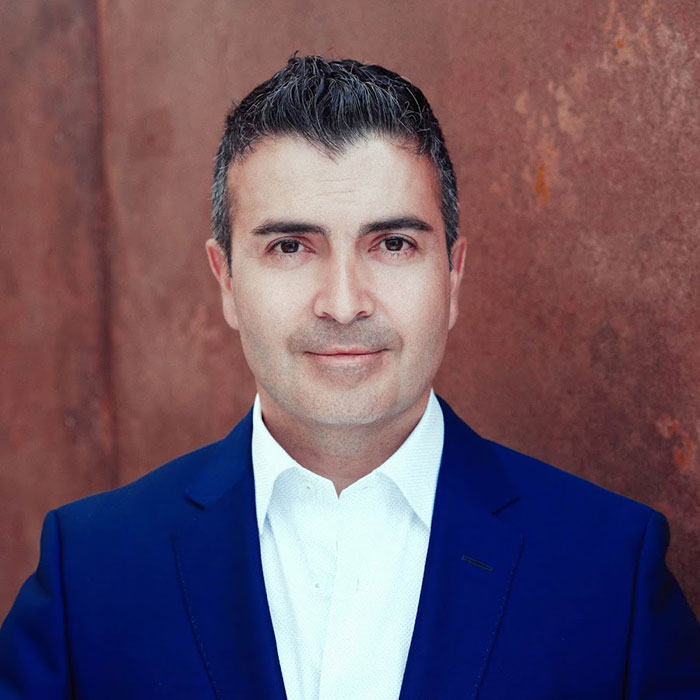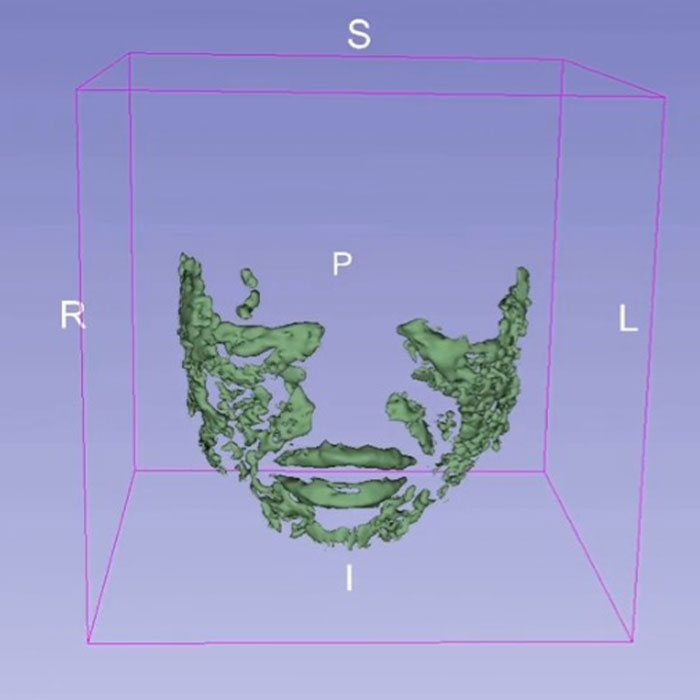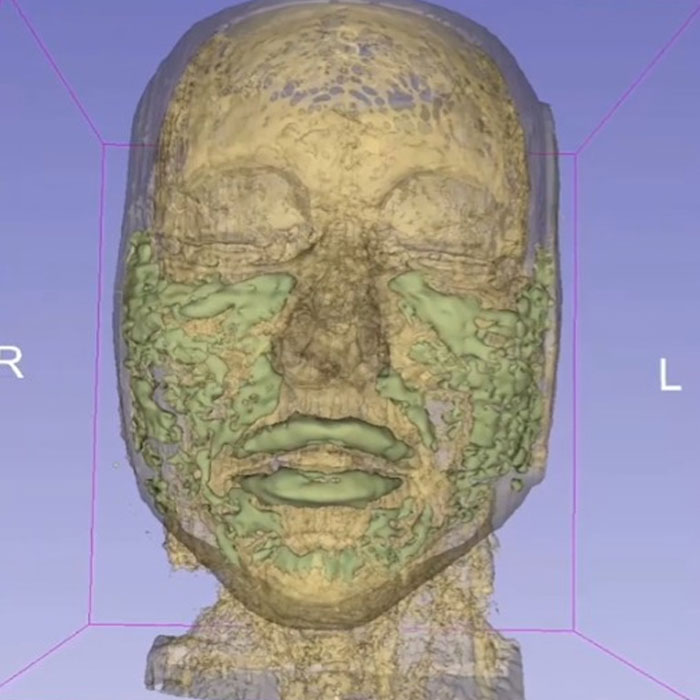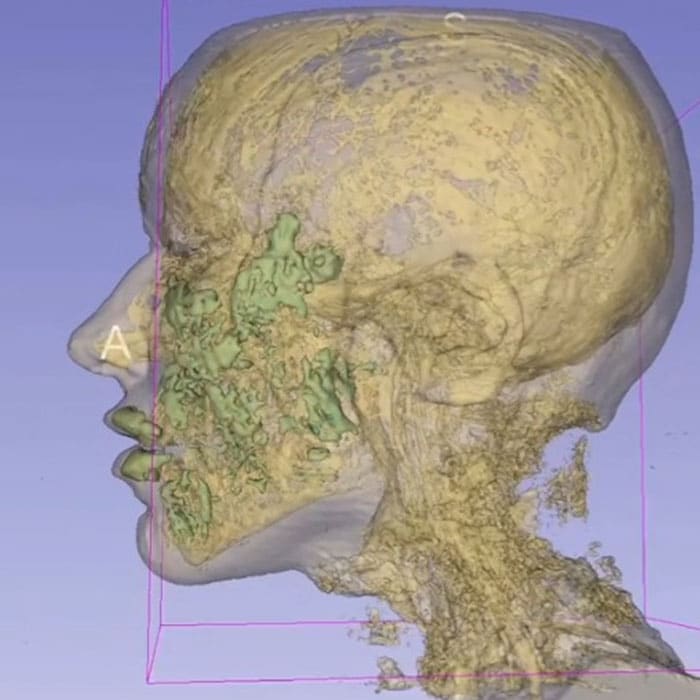A medical surgeon recently garnered widespread attention after sharing magnetic resonance imaging (MRI) footage that revealed an unexpected phenomenon: hyaluronic acid fillers, typically used for facial enhancements, had not only increased in volume but also migrated within the patient’s face over time. This startling revelation left thousands of viewers astounded, with many expressing concern that their own injected fillers had not dissolved as expected.
Dermal fillers have long been a popular choice for men and women seeking non-surgical facial rejuvenation. According to the American Board of Cosmetic Surgery, these gel-like substances are injected beneath the skin to smooth wrinkles, soften creases, restore lost volume, and enhance facial contours. Hyaluronic acid-based fillers are particularly favored due to their temporary nature, typically lasting anywhere from six to eighteen months. Every year, over a million individuals opt for these procedures to achieve a more youthful appearance.

However, a viral TikTok video posted by Dr. Kami Parsa, an oculoplastic surgeon based in Beverly Hills, California, is now prompting patients to rethink the long-term effects of these injections. On July 12, Dr. Parsa shared an MRI scan of a 33-year-old woman who had received hyaluronic acid filler injections over the past six years. The footage shocked viewers, as it showed multiple areas in the woman’s face—such as her cheeks and lips—where the fillers had not only remained but also increased in volume. The MRI scan, depicted in grey tones with bright green dots representing the remaining filler, has garnered over 7.2 million views on TikTok.

Dr. Parsa explained that the woman had received approximately 12 milliliters (12 CC) of hyaluronic acid filler injections in total over the six-year period. However, after conducting a volumetric analysis to measure the current amount of filler in her face, Dr. Parsa found that the material had more than doubled, totaling around 28 milliliters (28 CC). He attributed this increase to the hydrophilic nature of hyaluronic acid fillers, which means they attract and hold onto water, potentially causing them to grow in volume over time.

“Hyaluronic acid fillers are hydrophilic,” Dr. Parsa explained in his video. “They like water, and they can stimulate tissue growth as well.” This revelation about the potential growth and migration of fillers raised concerns among viewers, who began questioning the long-term safety of such procedures.
One TikTok user commented, “I just don’t see how this wouldn’t completely destroy the lymphatic system.” Another viewer expressed relief that the topic was finally being addressed, stating, “FINALLY THIS IS BEING TALKED ABOUT. The mass production and insane usage without WARNING. I need to know more. What about Botox?” Dr. Parsa responded by clarifying that Botox, when administered correctly, has a long history of safe use. However, his MRI footage raised red flags about the seemingly harmless nature of hyaluronic acid fillers.

Numerous viewers shared their own experiences with fillers, with many admitting they had noticed similar prolonged effects. One user remarked, “I keep telling people I only got my lips done 3 times, 0.5ml each time, and it’s been 5 years since then and my lips are still the same because it DOES NOT DISSOLVE.” Another netizen echoed this sentiment: “I had my lips done 8 years ago. It still hasn’t gone away.”
Dr. Parsa’s video not only sparked concerns about the permanence of hyaluronic acid fillers but also reignited a broader conversation about the cosmetic industry’s transparency regarding long-term outcomes. When fillers were first introduced, many practitioners assured patients that the effects would only last six months to a year. However, as more people undergo multiple rounds of injections, the long-term effects are becoming increasingly evident.
In recent years, fillers have grown in popularity, particularly among celebrities. This surge in cosmetic procedures has sparked both admiration and criticism, with some accusing public figures of promoting unattainable beauty standards. Just last month, celebrities like Ryan Gosling and Eva Mendes faced scrutiny on social media after side-by-side comparisons of their past and present appearances went viral. Many speculated that both stars had undergone cosmetic enhancements, including the use of fillers and Botox, which led to visible changes in their facial features.
Meredith West, a physician assistant with over 15 years of experience in plastic surgery and injectables, weighed in on the celebrity transformations. In a joint reel shared on Instagram with Mountcastle Medical Spa, West suggested that both Gosling and Mendes may have had recent cosmetic procedures, including Botox and facial fillers. West noted that overuse of fillers can result in an unnatural, “puffy” appearance, commonly referred to as “pillow face.” She added that while fillers can enhance facial structure, they should be used cautiously to avoid creating distorted proportions.
The potential risks of excessive filler use are not limited to celebrities. Dermatologist Jessica Weiser pointed out that overdone fillers have become increasingly common, with many patients seeking correction after receiving too much filler from less experienced practitioners. “We see a good amount of overdone filler, unfortunately,” Weiser told Allure in March 2023. “That classic pillow-face appearance—very puffy with strange anatomic proportions” is a telltale sign of excessive filler use. Poor judgment by injectors, as well as a lack of patient education about long-term effects, are often to blame for these unfavorable outcomes.
In light of Dr. Parsa’s viral MRI footage, some viewers began to reconsider their own cosmetic choices. One person joked, “Me and my fillers panicking [right now],” while others expressed concern about how filler companies had initially marketed these products as temporary solutions. “When it first came out, all injectors said it would only last 6 months,” one viewer noted, to which Dr. Parsa responded, “That’s what the filler companies were telling us.”
Despite the growing popularity of hyaluronic acid fillers, the long-term effects are still not fully understood. While fillers were initially marketed as a temporary option for facial rejuvenation, Dr. Parsa’s MRI footage suggests that these substances may persist and even increase in volume over time. For patients considering fillers, it’s essential to weigh the potential risks and benefits carefully and to consult with experienced professionals who can provide accurate information about what to expect.
In a cosmetic world where quick fixes are increasingly common, the lesson from Dr. Parsa’s findings is clear: short-term enhancements can have long-lasting consequences.



